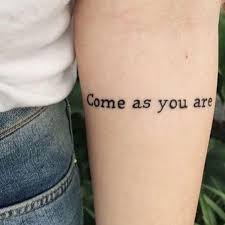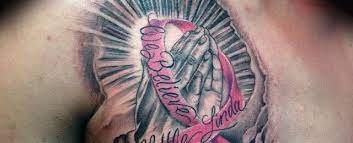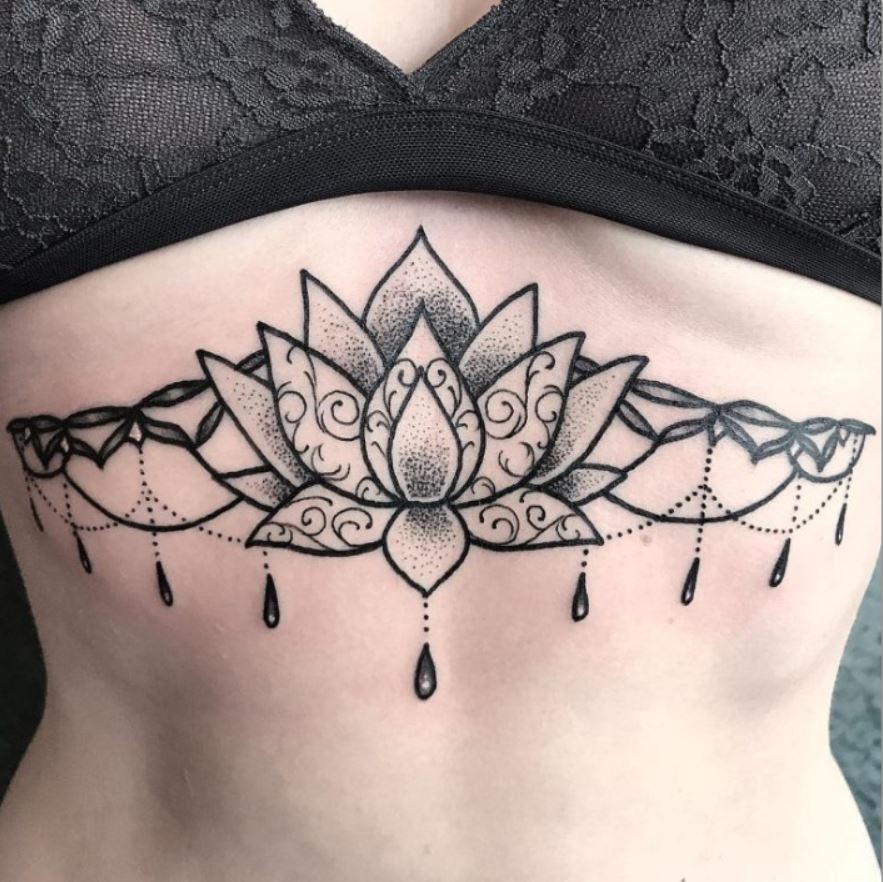
tattoos are a popular way for prisoners to distinguish themselves and create social hierarchies.
1. ACAB
Prisoners often choose the symbol ACAB (All Cops Are Bastards) to make a political statement against the police. It can be found at protests and even as graffiti in London.
Prisoners may also have knuckle tattoos as a show of solidarity with their crew or gang, symbolizing their commitment to serving time for them.
Some inmates wear wristbands with the numbers 14 and 88, representing white supremacists and Nazis, which may confuse corrections officers.
2. EWMN
EWMN (Evil, Wicked, Mean, and Nasty) is a symbol associated with biker gang members and can be found as tattoos on prisoners. It represents an inmate’s attitude and affiliations.
Lettering tattoos can also inform others about a prisoner’s criminal conviction.
tattoos depicting a hooded executioner are another famous sight in prisons, symbolizing murder or a desire for revenge.
The three dots tattoo, seen on gang inmates, can symbolize “mi vida loca” (my hectic life) or hold religious meaning as part of Christianity’s holy trinity. It is often created using rough tools.
3. Borstal
The Borstal system was an early form of detention for young offenders, aiming to segregate them from adult offenders. It provided educational, physical, and vocational training to reduce reoffending.
Youth custody centers have replaced borstals, but the reoffending rate among those who have spent time in detention remains high.
4. Teardrop
Teardrop tattoos are commonly seen in prisons and can have different meanings. They can symbolize the desire to separate from past affiliations or serve as a reminder to change for the better.
Teardrop tattoos can also represent mourning or grief after losing someone close or symbolize remorse or justice.
5. Playing Cards
Playing cards are used for various card games in prisons. Different suits can have specific meanings, such as clubs representing criminals, spades for thieves, and diamonds for informants.
Each suit has assigned meanings in Russian prisons, like spades indicating an affinity for gambling. Hearts represent a desire for love in prison, while diamonds symbolize informants.
Unfortunately, these meanings can sometimes be enforced without prisoners’ knowledge in Russian prisons.

